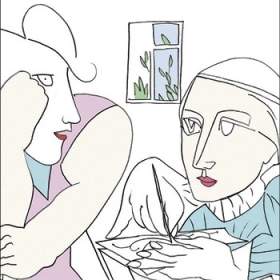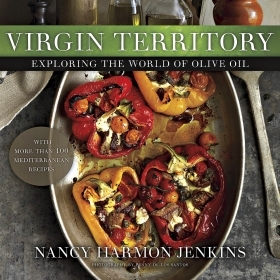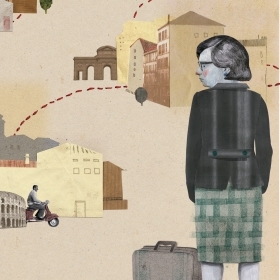Provence. Today the name conjures up visions of a magical sun-drenched region, the aroma of lavender, charming hilltop towns, colorful village markets, and a blissful quality of life. ’Twas not always so. Only in the early 1970s did Provence become a destination rather than a dusty place to pass through. How was it reinvented? Helen Lefkowitz Horowitz ’63, Sydenham Clark Parsons Professor of American Studies and History emerita at Smith College, filled me in on her discoveries.
Why this book?
Over the years, my husband and I spent a lot of time in France. The year after we married—we were still students—we went on a 3½-month trip, mainly in France. We basically camped, but we never thought of going south of the Loire. What was curious to me when we were in Provence for the first time in 2011 was, why had we never thought of it? What had changed my mind? I thought this would really be fun to do.
What did you find most surprising as you researched?
The contrast between pre-World War II [Provence] and the Provence that emerged. Changes began in the late ’50s and ’60s, but it really emerged in the ’70s. I was fascinated by the French side of the reinvention: the dam that brought electricity, the building of the great highways and the fast trains. The French tourist office did a lot to get travelers outside of Paris, another interesting story. On the American side, an infrastructure developed that allowed Americans to rent with a real sense of security houses or apartments in Provence through American brokers—something now perhaps supplanted by VRBO and Airbnb.
You attribute Americans’ romance with Provence to the collective impact of Julia Child, travel writers, movies, and advertising. What do people seek in Provence?
The people who [first] went to Provence were primed by the new attention to the post-Impressionists, particularly Cézanne and Van Gogh. And Picasso. He starts out in the ’20s on the Riviera. Later, he is one of the artists who move to the hills of Provence. So when travel changes, for some people, to finding their true selves, or seeking quiet and contemplation and good food, it’s Provence that attracts them.
Karls has hiked and painted in Provence and other parts of southern France on three long trips since 2013.








We ask that those who engage in Wellesley magazine's online community act with honesty, integrity, and respect. (Remember the honor code, alums?) We reserve the right to remove comments by impersonators or comments that are not civil and relevant to the subject at hand. By posting here, you are permitting Wellesley magazine to edit and republish your comment in all media. Please remember that all posts are public.